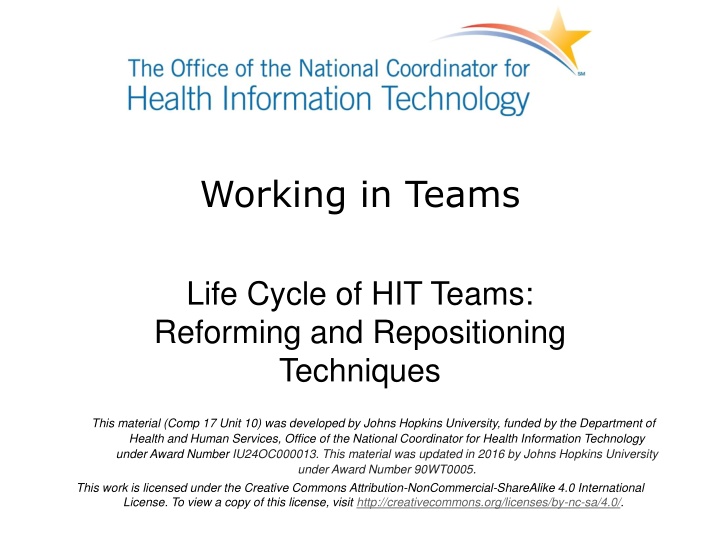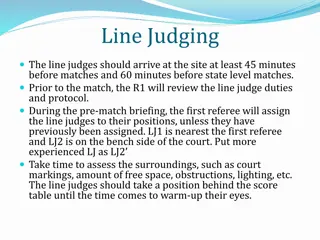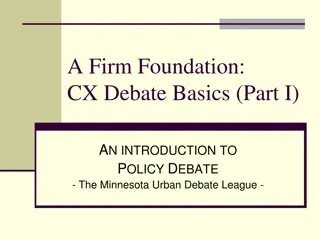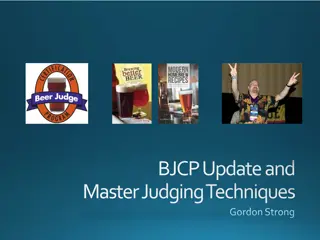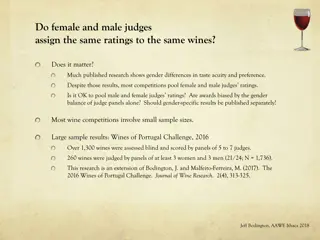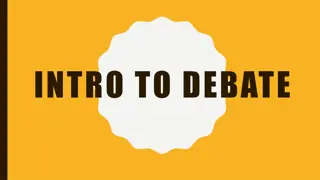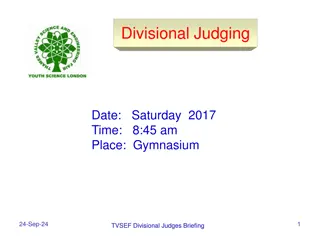Debate Preparation for Effective Judging
Engage in debate preparations to enhance your judging skills. Learn to evaluate debaters objectively, provide constructive feedback, and make informed decisions based on persuasive arguments. Follow step-by-step guidance to maximize your debating experience.
Download Presentation

Please find below an Image/Link to download the presentation.
The content on the website is provided AS IS for your information and personal use only. It may not be sold, licensed, or shared on other websites without obtaining consent from the author.If you encounter any issues during the download, it is possible that the publisher has removed the file from their server.
You are allowed to download the files provided on this website for personal or commercial use, subject to the condition that they are used lawfully. All files are the property of their respective owners.
The content on the website is provided AS IS for your information and personal use only. It may not be sold, licensed, or shared on other websites without obtaining consent from the author.
E N D
Presentation Transcript
Working in Teams Life Cycle of HIT Teams: Reforming and Repositioning Techniques This material (Comp 17 Unit 10) was developed by Johns Hopkins University, funded by the Department of Health and Human Services, Office of the National Coordinator for Health Information Technology under Award Number IU24OC000013. This material was updated in 2016 by Johns Hopkins University under Award Number 90WT0005. This work is licensed under the Creative Commons Attribution-NonCommercial-ShareAlike 4.0 International License. To view a copy of this license, visit http://creativecommons.org/licenses/by-nc-sa/4.0/.
Life Cycle of HIT Teams: Reforming and Repositioning Techniques Learning Objectives Classify the life-cycle stages of a team. Apply strategies to move a team into the next formative stage. Reposition a team for a new challenge. 2
Reactions During Team Life Cycle How team reacts depending on life-cycle stage: Team leader s style Team reaction to leadership Team process Trust within the team How decisions are made 3
Team Life Cycle1 Team Leader s Style Forming More directive approach, outlining how the process will develop and laying down a clear structure. Storming Leader needs to be supportive, actively listening to team members, and managing the conflict, generating ideas, and explaining decisions. Norming Leader acts as a team member, as leadership is starting to be shared. Leader helps to develop consensus. Performing Leader takes overview, but within the day-to-day running, the group is sharing leadership between members. 4
Team Life Cycle2 Reaction to Leadership Forming Team members take a tentative, wait and see approach. Leader will be allowed to lead, but that doesn't guarantee support. Storming Leader is under pressure from more vocal team members. Norming General support for the leadership within the team. Mutual respect underpins this. Performing Personal relationships have developed that underpin the leadership relationship. 5
Team Life Cycle3 Team Process Forming Process is driven by the leader. Some people are reluctant to contribute openly. Storming Process likely to break down until conflict is resolved. Norming The core process should operate smoothly, although there is a danger of focusing on smaller process issues rather than core team work. Performing Process functions well, and is adjusted as necessary. Leadership is shared and tasks delegated. 6
Team Life Cycle4 Trust within the Team Forming Individuals are not clear about their contribution. It is the getting to know you" phase. Trust may start to be built. Storming Trust is focused into smaller groups as sub-groups and alliances form Norming As roles are accepted and clarified, trust and relationships start to develop to a greater degree. Performing Team starts to operate on higher levels of trust as loyalty and relationships develop. 7
Team Life Cycle5 How Decisions Are Made Forming Nominated leader is expected to make decisions. Some more vocal members may dominate. Storming Decisions are hard to make. Members are unwilling to give way. Compromise is a frequent outcome. Norming Group is able to come to common decisions. Win win is more likely than compromise. Performing Decision making is easier; some decisions are delegated to sub-groups or individuals. 8
Strategies for Team Movement Change management principles Eight steps to successful change Use dynamic processes 9
Change Management Principles Gain involvement and support from people. Understand where the team and organization are at the moment. Understand where you want to be, when, why, and how you will get there. Develop clear SMART action plans. Communicate to involve and enable others. 10
Steps to Successful Change Increase urgency. Build the guiding team. Get the vision right. Communicate for buy in. 11
Steps to Successful Change Empower action. Create short-term wins. Don t let up. Make change stick. 12
Use Dynamic Processes Have a sound strategic vision with adaptable processes. Establish forums for immediate review and feedback. Keep decisions at lowest level possible. Stay clear of ultra-cautious, bureaucratic interference. Make use of cross teams (virtual/matrix). 13
Growth Phases of Teams Growth Adolescence Maturity Decay Death 14
Final Stage: Adjourning1 Completion of project purpose fulfilled Breakup of team Celebrate successes Acknowledge vulnerabilities and insecurities about moving on Refocus individuals into new teams, new projects 16
Final Stage: Adjourning2 When a team is formed it focuses on the future; once it succeeds it focuses on the past. Success breeds failure! Failure can breed success! 17
Life Cycle of HIT Teams: Reforming and Repositioning Techniques Summary Now that you have discussed the various elements of this unit and have completed the activities, you should be able to: Classify the life cycle stages of a team. Apply strategies to move a team into the next formative stage. Reposition a team for a new challenge. 18
Life Cycle of HIT Teams: Reforming and Repositioning Techniques References References Kotter, J. Kotter s 8-step change model: Implementing change powerfully and successfully. c1996-20011. Available from: http://www.mindtools.com/pages/article/newPPM_82.htm Kulkarni,V. Building a Winning Team, Available from: http://www.scribd.com/doc/14973964/Building-a-Great-Team-116 Lee, E. The Life Cycles of Executive Teams. Available: http://www.elew.com/lifecycl.pdf Morgan, B. B., Salas, E., & Glickman, A. S. (1994). An analysis of team evolution and maturation. The Journal of General Psychology, 120 (3), 277-291. Tuckman, B. Tuckman forming storming norming performing model. Available from: http://www.businessballs.com/tuckmanformingstormingnormingperforming.htm Images Slide 15: Image adapted from Lee, E. The Life Cycles of Executive Teams. Available: http://www.elew.com/lifecycl.pdf 19
Working in Teams Life Cycle of HIT Teams: Reforming and Repositioning Techniques This material (Comp 17 Unit 10) was developed by Johns Hopkins University, funded by the Department of Health and Human Services, Office of the National Coordinator for Health Information Technology under Award Number IU24OC000013. This material was updated in 2016 by Johns Hopkins University under Award Number 90WT0005. 20
